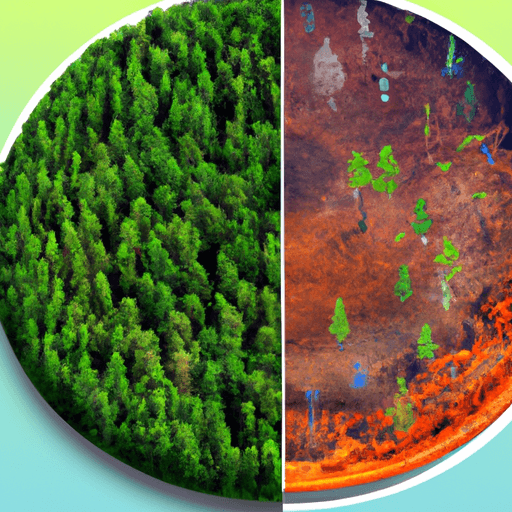The Science Behind Animal Migration
Animal migration is a fascinating phenomenon that has been studied for centuries. From the annual journeys of birds and marine mammals to the seasonal migrations of fish and amphibians, the science of animal migration is complex and multi-faceted. In this article we will explore the biology of animal migration, the factors that influence migratory patterns, and how understanding animal migration can help in conservation efforts.
Anatomy & Physiology of Migrating Animals
The anatomy and physiology of migrating animals play an important role in their migratory patterns. Birds, for example, have many adaptations that enable them to fly long distances with little energy expenditure. They have light bones and feathers that enable them to stay aloft for extended periods of time, as well as specially adapted wings and muscles that help them generate lift. Fish, on the other hand, have streamlined bodies that help them swim efficiently through the water. Amphibians have specialized organs that allow them to breathe and move effectively both on land and in water.
Factors Influencing Migration Patterns
A variety of factors influence the migratory patterns of animals, including environmental cues, food availability, and predation risk. Seasonal changes in temperature and daylight can trigger migratory behavior in birds and other animals. In addition, food availability and predation risk also play a role in determining when and where animals will migrate. For example, some species of fish migrate to shallow waters in the spring and summer months when food is more abundant and predation risk is lower.
Conservation Implications
The understanding of animal migration has important implications for conservation efforts. By studying the migratory patterns of animals, scientists can identify areas of high conservation value, such as breeding grounds and habitats used by migratory species. This knowledge can then be used to create protected areas or implement management plans that ensure the long-term survival of migratory species.
In conclusion, animal migration is a complex phenomenon with a wide range of biological, environmental, and behavioral factors that influence migratory patterns. By studying the science of animal migration, scientists can gain valuable insights into the behavior of migratory species, which can be used to protect and conserve them for future generations.




















Comments
Leave a Comment